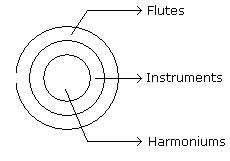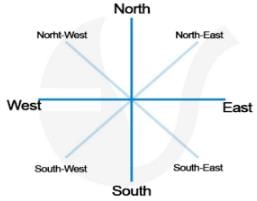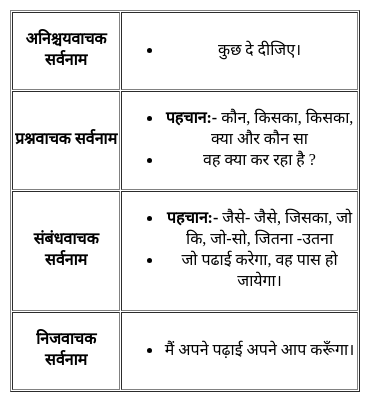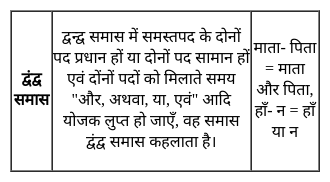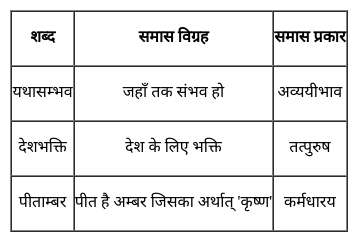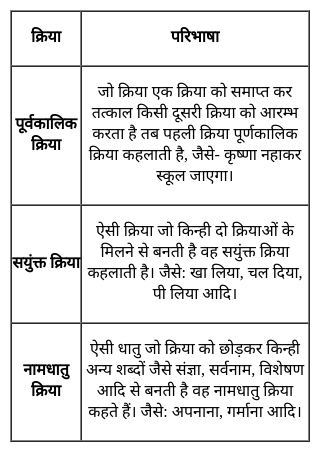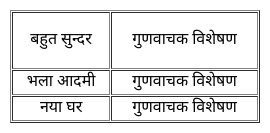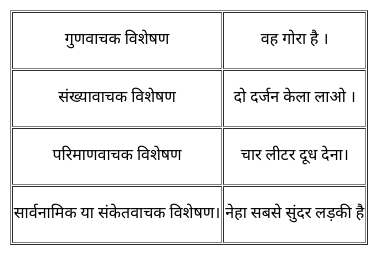Test: EMRS PGT Geography Mock Test - 3 - EMRS MCQ
30 Questions MCQ Test - Test: EMRS PGT Geography Mock Test - 3
Van der Waal’s equation is related to which of the behaviour of which of the following?
_________ is an example of intrusive igneous rock.
Saturated carbon compounds can form which types of chain structures?
I. Straight chain
II. Branched-chain
Which of the cells of connective tissue secrete antibiotics?
Which is the first ever comic book launched by WWF-India ?
For a time difference of two hours, the longitudinal distance will be equal to ________.
Which of the following properties are exhibited by the covalent compounds?
I. Have high boiling and melting point as compared to ionically bonded molecules
II. Are poor conductors of electricity.
III. Have weak inter-molecular force.
In the following question assuming the given statements to be true, find which of the conclusion among given conclusions is/are definitely true and give your answers accordingly.
Statements:
B > C; C < D; D > E; E > F
Conclusions:
I. C < F
II. B > D
Statements:
All the harmoniums are instruments.
All the instruments are flutes.
Conclusions:
(1) All the flutes are instruments.
(2) All the harmoniums are flutes.
P is 15m to the west of Q. R is 13m to the south of Q and 5m to the east of S. T is 20m to the north of S.T is 10m to the east of U…….
Q.
In which direction R with respect to P
If southeast become North, North-east become West and so on.What will be the West ?
N is more intelligent than M. M is not as intelligent as Y. X is more intelligent than Y but not as good as N. Who is the most intelligent of all ?
A , B , C , D and E each has different heights. D is only shorter than B. E is shorter than A and C. Who is the shortest of them ?
There are five persons sitting on a bench. The one, who is at extreme left, is heaviest. D is second from right and is the lightest. A is sitting to left of B, who is heavier than him. C is heavier than B but is not the heaviest.
Q. Who is 4th from right?
Which one will replace the question mark ?
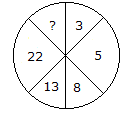
What was the day on 26th January, 1950, when the first Republic Day of India was celebrated?
Which of the following is part of the system unit?
The _____________ enables you to simultaneously keep multiple web pages open in one browser window.
In the following question, out of the four alternatives, select the alternative which is the best substitute for the phrase.
Q. A situation that requires a lot of hard work.
In the following question, out of the four alternatives, select the alternative which is the best substitute for the phrase.
Q. A person controlled by an evil spirit.
The following questions consist of a single sentence with one blank only. You are given four words as answer choice and from the four choices, you have to pick up one correct answer, which will make the sentence meaningfully complete.
Q. Some ancient tribes still believe in evil spirits and the vagueness and _________ of after-life.
Directions: In the following question, a sentence is given with a blank to be filled in with an appropriate word. Select the correct alternative out of the four and indicate it as your answer.
Kalidas, _______ wrote some fine dramas, is famous.
The following sentence has been broken into four parts with an error in one part. Identify that part and mark it as your answer. If there are no errors in any of the given parts, mark option 4 or ‘No error’ as your answer.
Q. Rohan has neither spoken (1)/ nor (2)/ written to him. (3)/ No error (4).



